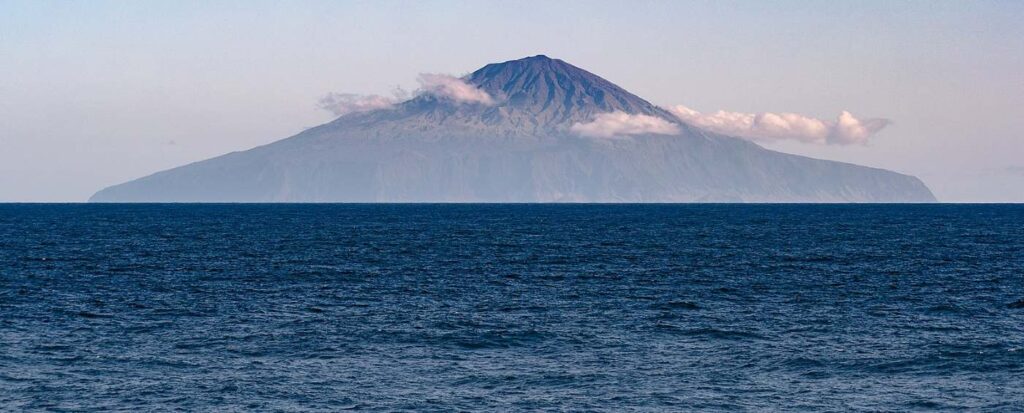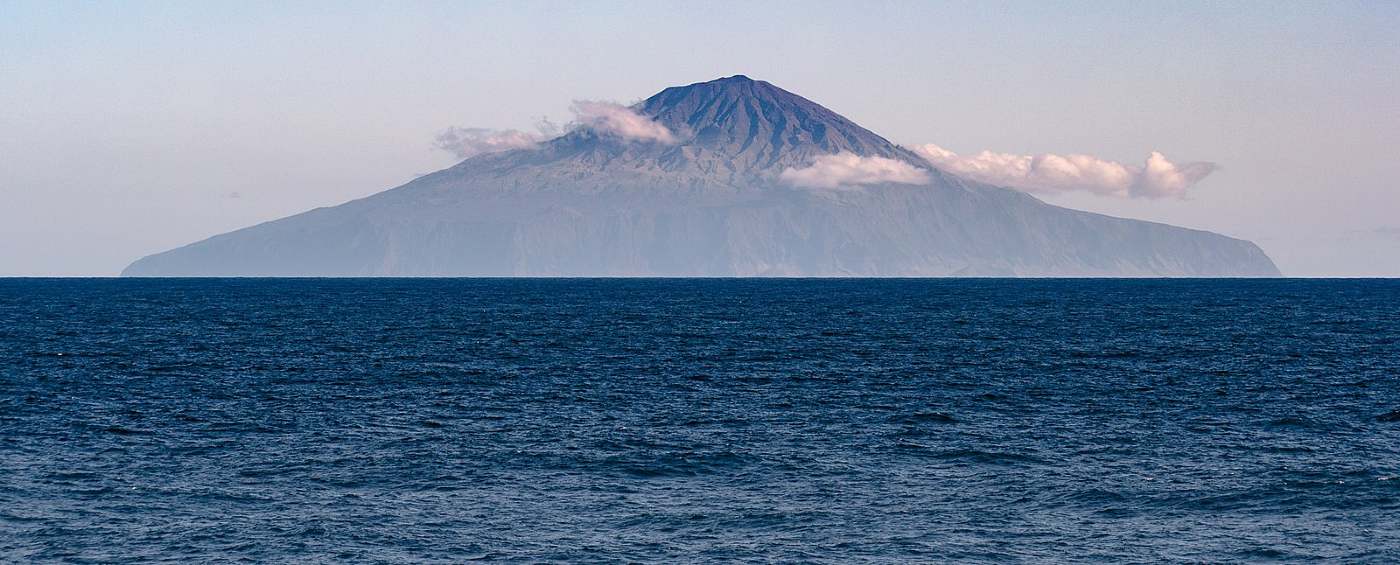Centered around the small archipelago of Tristan da Cunha in the Southern Atlantic, governments and ecological organizations have created the fourth-largest marine protected area on Earth, and the largest in the Atlantic Ocean.

Spanning 265,347 square miles, Tristan da Cunha is almost three times as big as the island of Great Britain, and will protect tens of millions of native and migratory birds, rare migratory sharks, whales, seals, golden undersea forests of kelp, and penguins—collectively valued as a UNESCO World Heritage Site—from illegal mining, fishing, and other extractive activities.
The government of the small UK territorial island announced on Thursday that, in partnership with the UK government, the Royal Society for the Protection of Birds, and National Geographic’s Pristine Seas Initiative, it would conserve its surrounding oceans to help achieve the goal to “secure protection of 30% of the world’s oceans by 2030.”
“The community… a small chain of islands over 6,000 miles from London in the South Atlantic has declared that almost 700,000 km2 of its waters will join the UK’s Blue Belt of marine protection, becoming the largest no-take zone in the Atlantic and the fourth largest on the planet,” reads a local government statement.
The Blue Belt Program has protected four million square miles of ocean habitat since its inception in 2016, owing to the UK’s territorial ownership of many remote island chains like the South Georgia and South Sandwich islands, and Tristan da Cunha.
CHECK OUT: Jacques Cousteau’s Grandson Wants to Build the International Space Station of the Ocean
Described by National Geographic as a mix between “Edinburgh and California’s Big Sur,” the island is home to around 245 people of British, Italian, Dutch, and American heritage. Most villagers make their living through the sustainable lobster fishery, which is excluded from the protected zone.
Pristine seas
Eager to help reach the goal of 30% protection for the world’s oceans, a goal meant to ensure the flourishing of marine habitats like undersea forests and coral reefs, as well as that potentially endangered species who dwell therein, National Geographic’s Pristine Seas Initiative has worked hard to see humanity reach the goal over the next 10 years.
Pristine Seas was launched in 2008, and his since helped fund and conduct 31 expeditions around the world to gather scientific evidence on the value of certain marine ecosystems. Their work has aided in the creation of 23 marine protected areas (MPAs) around the world, conserving a total of 3.1 million square miles of water.
In 2011, their expedition to the Pitcairn Islands found the deepest-living species of plant known, and two years later it found the northernmost forests of kelp. These discoveries are vitally important to creating conservation legislation, since because science often struggles with a poor knowledge and understanding of the oceans, politicians are often lacking in knowledge too.
However, MPAs are incredibly important, perhaps even more so, than their terrestrial counterparts, as the flourishing that can take place under the surface of an MPA is often enough to raise yearly fish catch by 20%, as the benefits “spill over” into the surrounding oceans.
RELATED: You Can Now ‘Reforest the Oceans’ One Online Search at a Time Thanks to This New Search Engine
This was reported by a study in the Proceedings of the National Academy of Sciences which found that “strategically expanding the existing global MPA network by just 5% can improve future catch by at least 20%.”
Currently, around 8% of oceans are considered MPAs, but only 2.6% of those are entirely off-limits to fishing. Fishing, whether through large scale fleets or with hand-sewn nets, often provides the most readily available source of high-quality protein in developing nations across the continents, and ensuring stable, growing fish stocks by conserving vital marine habitats will be key to food security and biodiversity in the face of a growing world population.
“It is testament to the vision of the Tristan da Cunha community that one of the world’s smallest communities can make the single biggest contribution to global marine conservation this year,” said Enric Sala, National Geographic Society Explorer-in-Residence.
“We can all look to Tristan for inspiration as the world commences a decade of work to protect 30% of the global ocean by 2030.”
SHARE This Good Conservation News With Friends on Social Media…




















